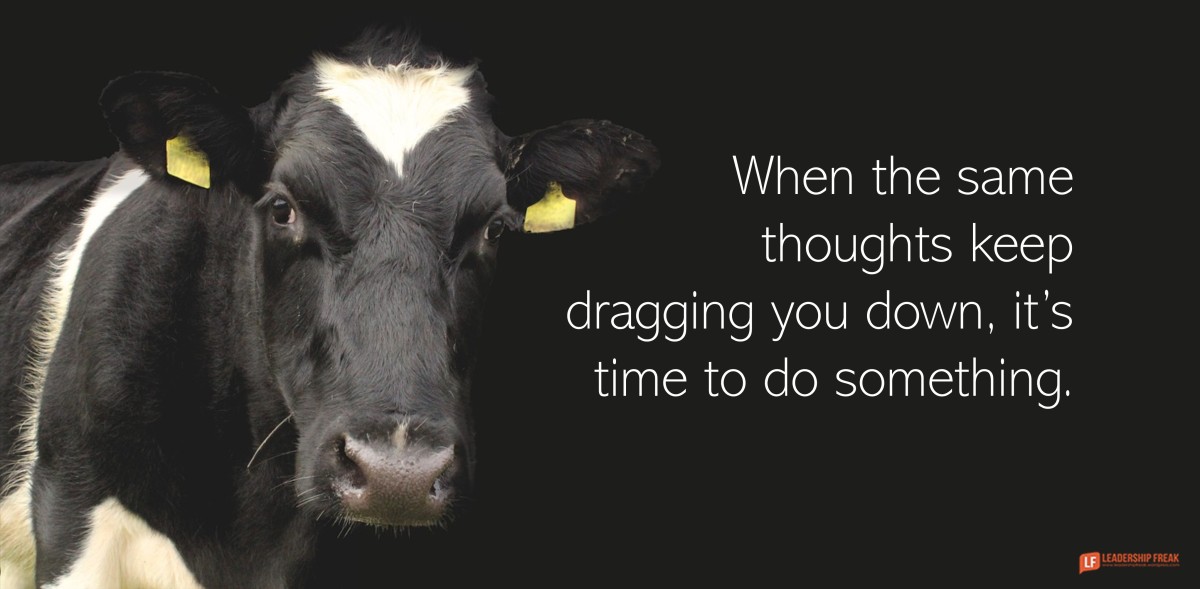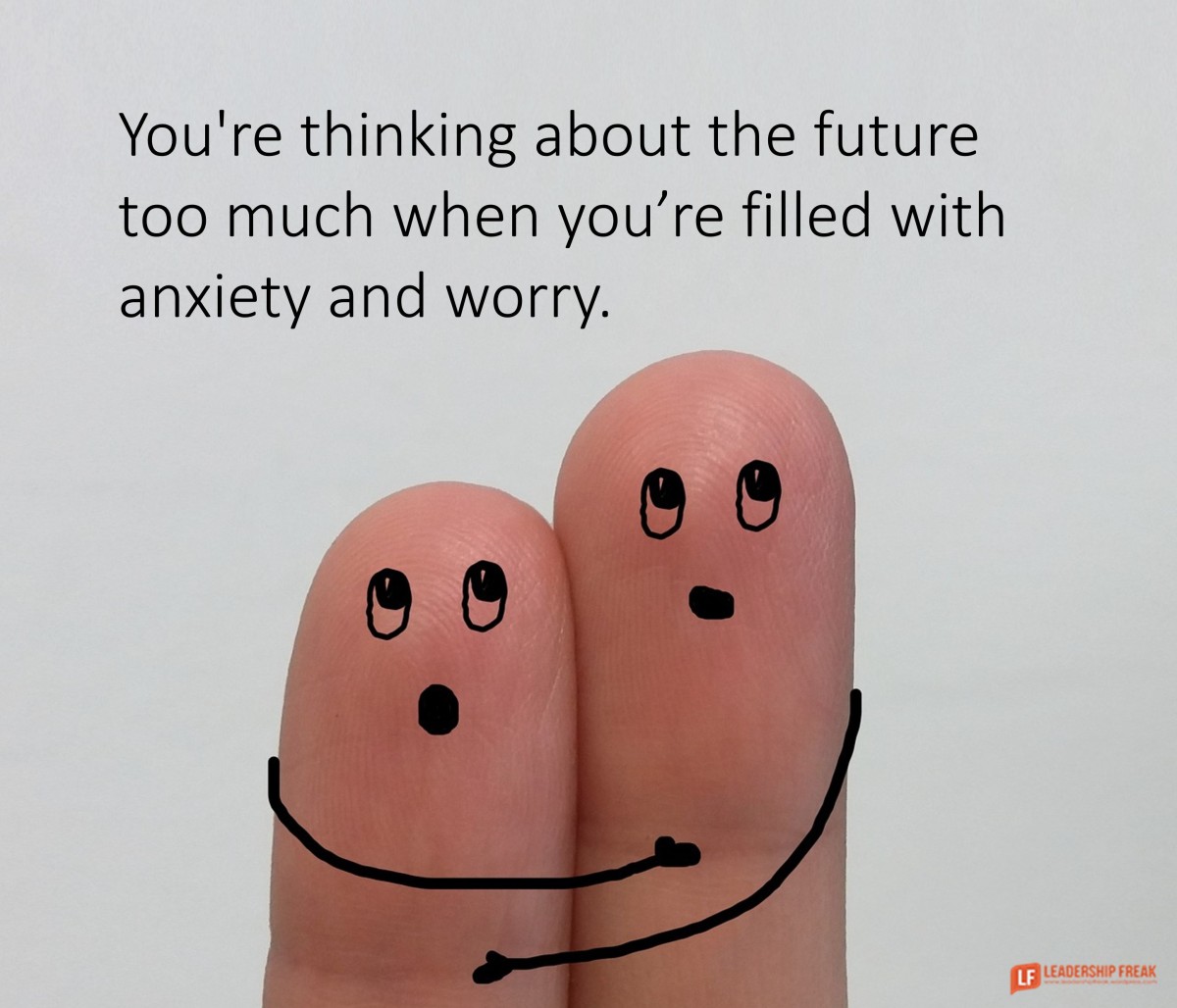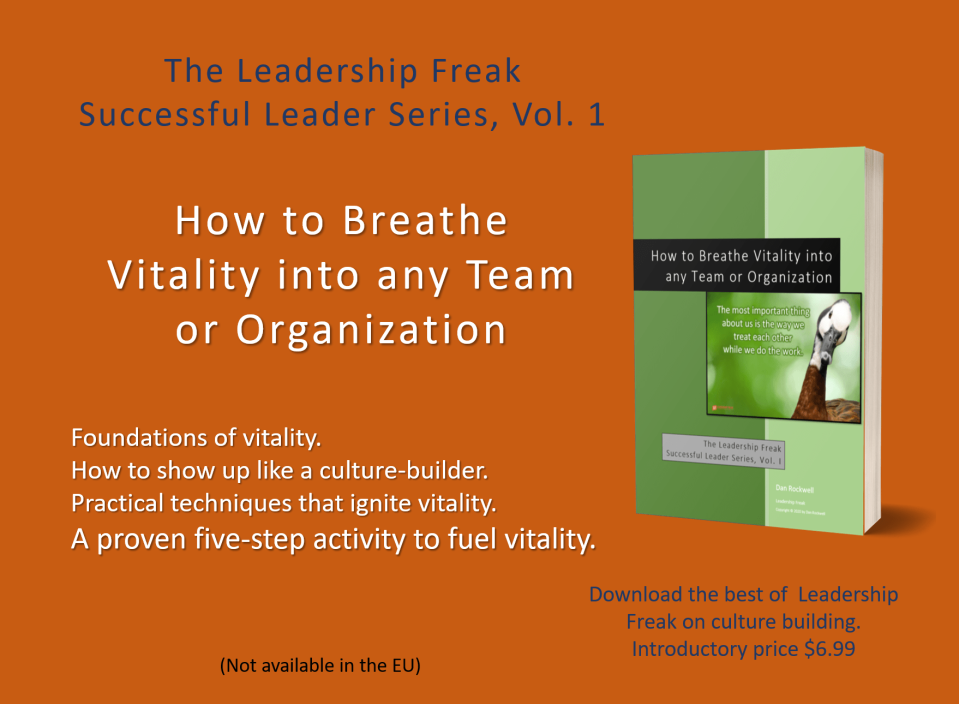Think you’ve come up with the next best idea? That’s great!
We are guessing you’re reading this because you think that idea has some serious potential to make money and you want to patent it before someone else can claim the idea as their own.
Well, we have some good news and some bad news.
We will give the bad news first. You can’t patent an idea.
According to LegalZoom, “the invention itself has to be produced or a patent application containing the invention has to be filed with the U.S. Patent and Trademark Office (USPTO).”
Now that the cat’s out of the bag, here is the good news: you can create a prototype or model that allows you to move forward with your patent application.
But that’s just one step in the process. In order to help you through the journey of patenting, we have created this guide.
Follow along to get the ball rolling on your idea.
The Easy Parts of Patenting an Idea
The idea of patenting something can seem like a daunting process. How do you even go about claiming an idea is legally yours so that no one else can take it?
Thankfully, when it comes to patents, the entire process isn’t complicated. And when it does get complicated, you can hire an attorney to guide you. Or, you can get a trusted book to help you with the process.
If you opt to do it on your own, we recommend the “Patent It Yourself” book by Nolo.

This book walks you through the steps of preparing and filing your patent application including:
- Information about patent laws
- Information about the latest USPTO filing rules
- How to perform a patent search
- How to file a regular or provisional…




 ‘ + data.settings.title + ” : ” }}} ]]>
‘ + data.settings.title + ” : ” }}} ]]>







